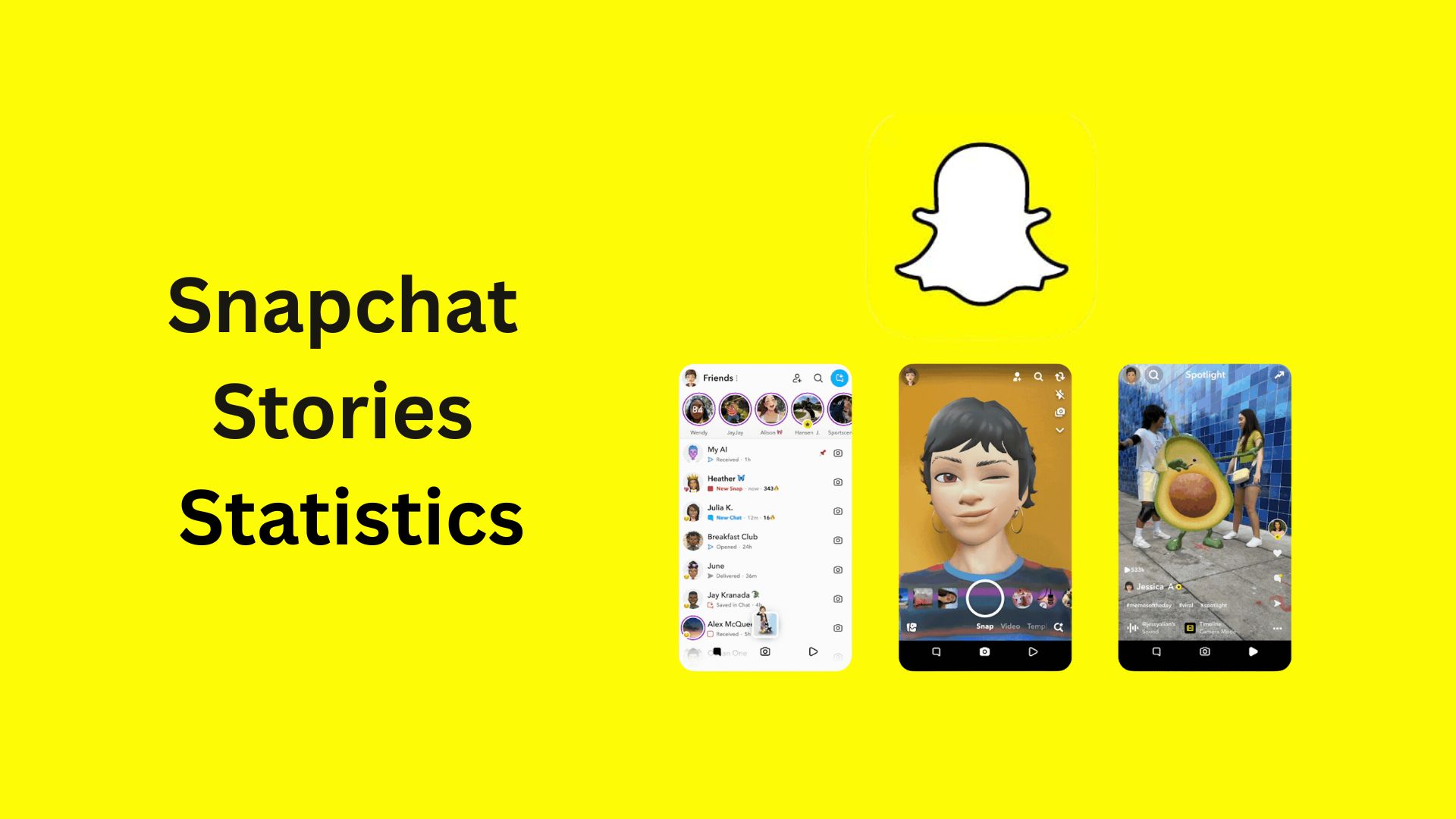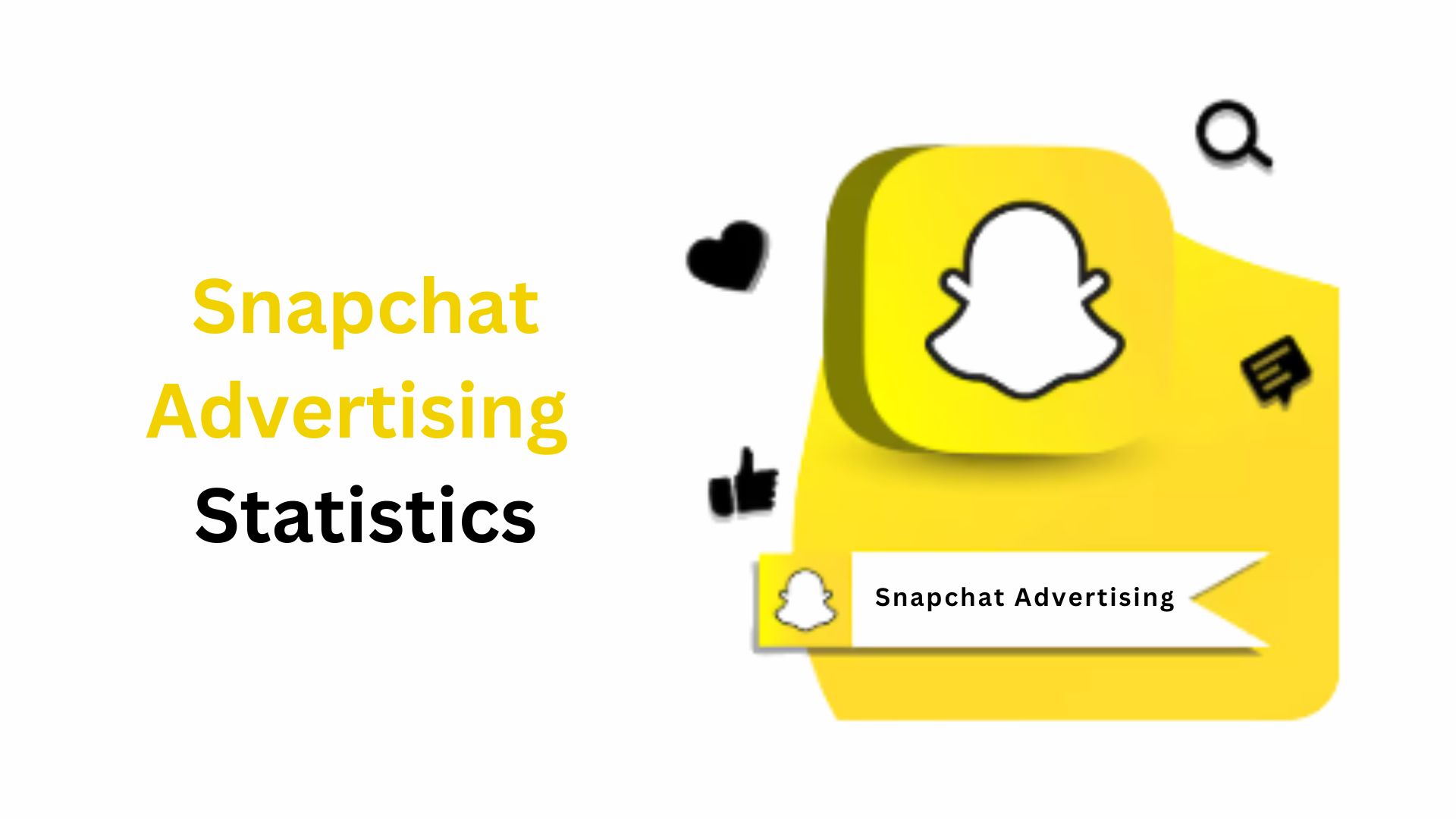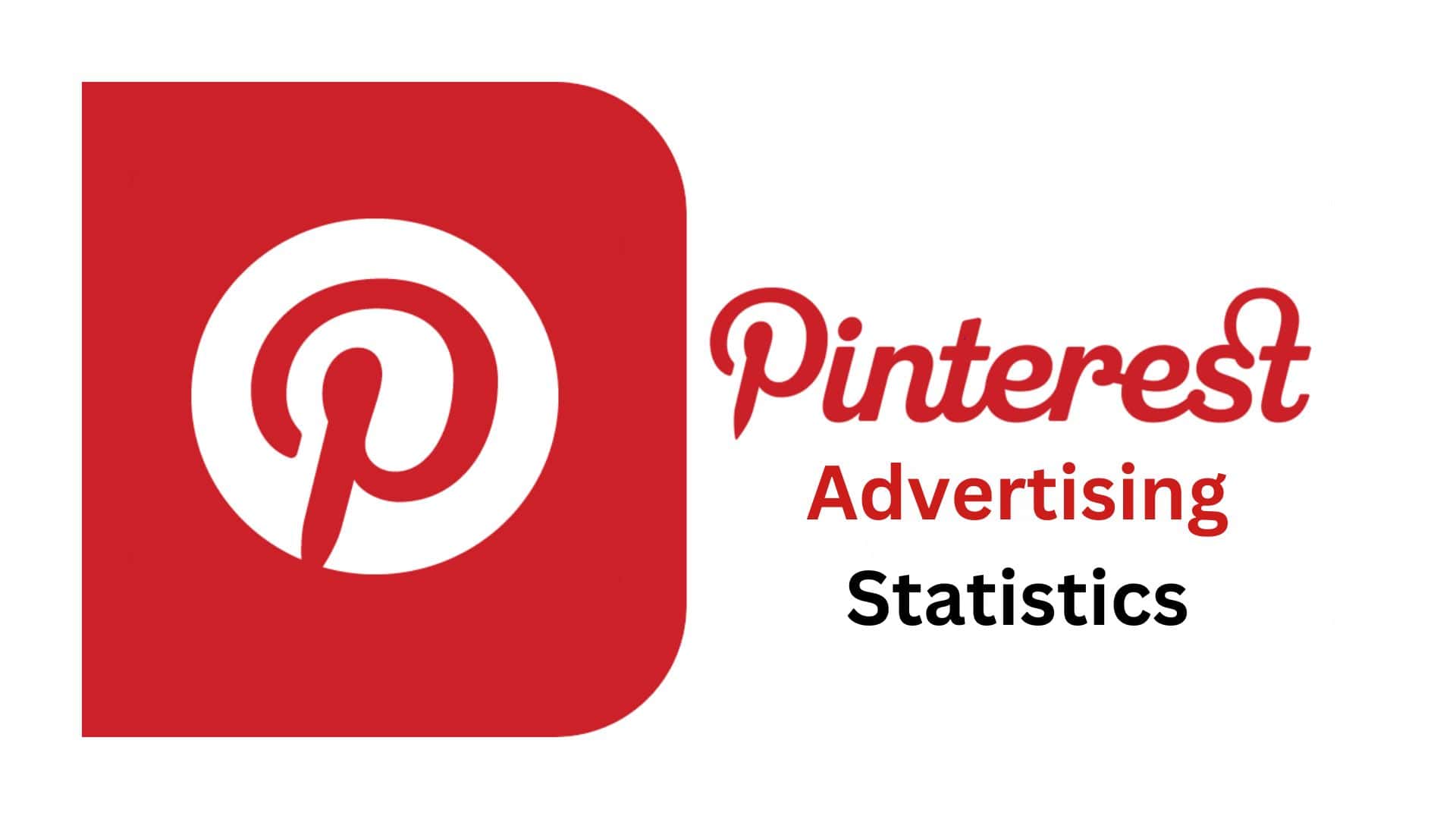Language Learning App Statistics By Usage, Market Size, Revenue, Download, Age and Facts (2025)
Updated · Nov 27, 2025
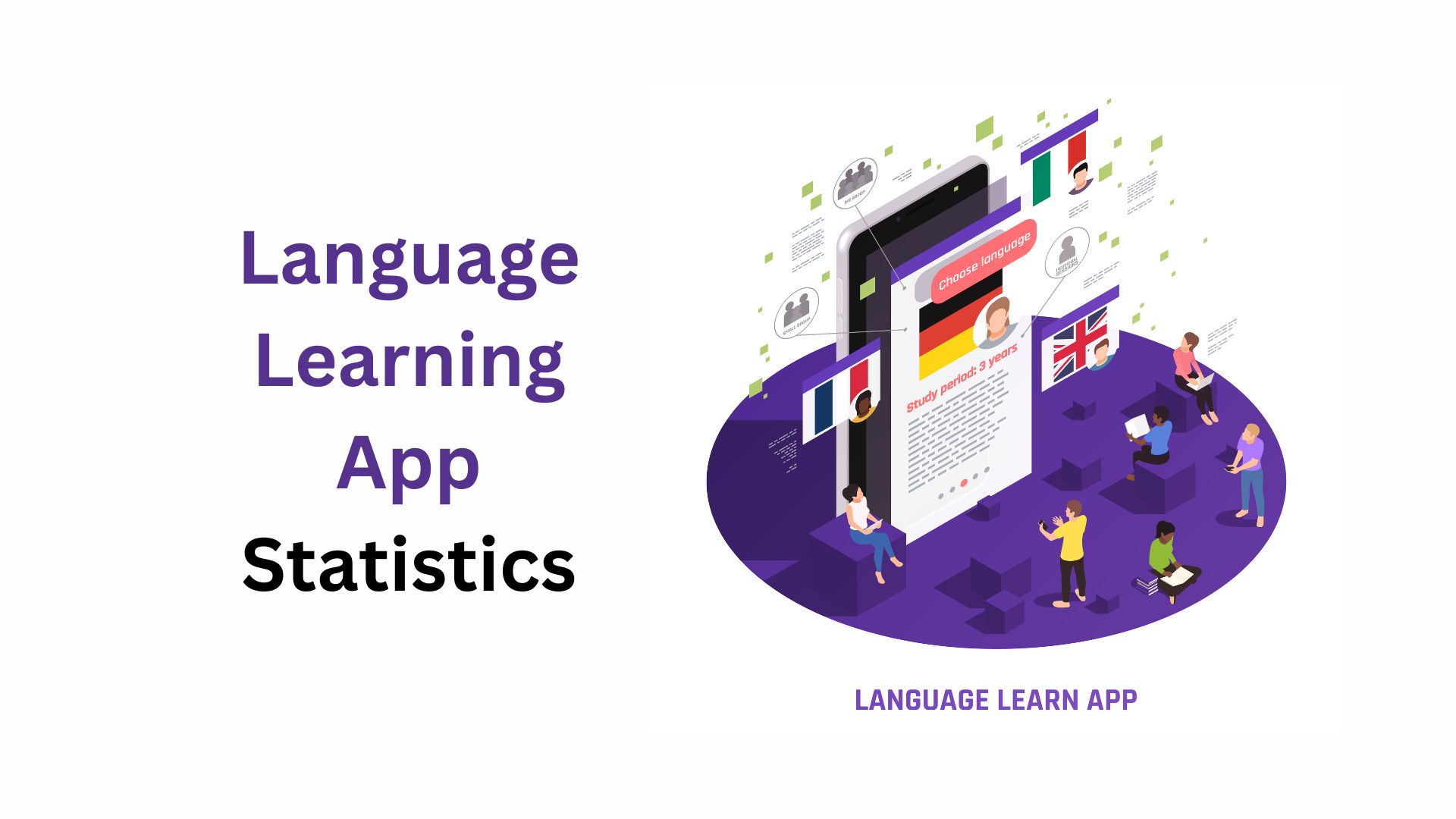
Table of Contents
- Introduction
- Editor’s Choice
- Language Learning Facts
- Language Learning App Market
- Language learning Apps by Downloads
- Language learning App by Age
- American Female VS American Male Language Speakers
- Language Learning App By Revenue
- Most Spoken Language Worldwide
- Asia Pacific Language Learning App Downloads
- Conclusion
Introduction
Language Learning App Statistics: In 2025, both the peer-to-peer (P2P) lending and language learning apps markets witnessed rapid growth; nevertheless, the reasons behind the two sectors were different. P2P lending was thriving as more individuals and small businesses sought loans from sources other than banks, and more investors sought better returns.
Language apps, on the other hand, became more popular because most people needed fast, affordable, and often AI-supported ways to learn new languages. The following is a straightforward presentation of language-learning app statistics for 2024, with brief clarifications.
Editor’s Choice
- According to Market.us, the global language learning app market is projected to grow from USD 4.21 billion in 2023 to USD 16.2 billion by 2033, reflecting a compound annual growth rate of 14.40% from 2024 to 2033.
- The North American market was dominant in 2023, accounting for more than 38% of the total market and generating about USD 1.59 billion in revenue. This was mainly due to the widespread use of smartphones and the internet, and the growing interest in multilingual skills.
- Duolingo topped the list of the most downloaded language-learning apps worldwide in July 2024, with approximately 14.3 million downloads in that month.
- Lingutown was in second place with almost 2 million downloads, while the kid-oriented app Buddy.ai recorded around 1.63 million, indicating strong demand for language-learning tools for children.
- Young adults aged 18-44 years old, especially those between 25 and 34 years old, are more likely to be multilingual compared to the older age group.
- The English-speaking population in the 45+ age group is the highest, and this group also shows the least willingness to learn a new language.
- In the United States, men were more likely than women to be bilingual and to show an interest in learning a new language, even though women account for 67.4% of U.S. students studying abroad.
- In July 2024, Duolingo generated revenue of around USD 33 million from in-app purchases, which was approximately 70% of the total revenue of all the top language-learning technology apps combined.
- In 2025, English was the most widely spoken language globally, with about 1.53 billion speakers, overtaking Mandarin, which had around 1.18 billion speakers.
- The regional app Cake had fewer downloads, with just 104,000 in South Korea and 240,000 in Vietnam, thus showcasing the dominance of apps like Duolingo in the Asia-Pacific region.
Language Learning Facts
- The practice of learning a foreign language is no longer confined to traditional tools like books or CD-ROMs, as mobile apps now constitute the most common and even the preferred means for learners to attend online classes.
- The language-learning app market reached its peak in downloads in August 2024, with over 26.5 million installs worldwide.
- In the U.S. consumer market, Rosetta Stone was the most recognised brand in May 2023, giving Babbel and Duolingo strong positions with 55% and 40% awareness, respectively, reflecting the strong brand recognition of the major players.
- During the global lockdown, people turned to language-learning apps for entertainment, and this interest not only surged but also exceeded past peak demand periods.
- By 2023 and 2024, language learning apps had already built a considerable client base and become even more established, with the proportion of U.S. internet users engaging with them remaining steady while the number planning to use them slightly increasing.
- The total revenue from mobile language-learning apps’ in-app purchases worldwide amounted to 46.4 million U.S. dollars in July 2024, with Duolingo accounting for over 70%, i.e., 33 million dollars.
- Duolingo went public in July 2021, becoming a company traded on the stock market with a Nasdaq launch and reaching a valuation of close to US$5 billion in the digital language learning space.
- In 2023, Duolingo’s revenue exceeded US$531 million, a doubling from its revenue when it went public, and the company also recognised a net income of US$16 million for the first time.
- To maintain user interest, top apps are now resorting to AI: Duolingo used GPT-4 for new courses and lesson plans in 2023, and Babbel has incorporated an AI-based speech recognition system to offer pronunciation feedback.
Language Learning App Market
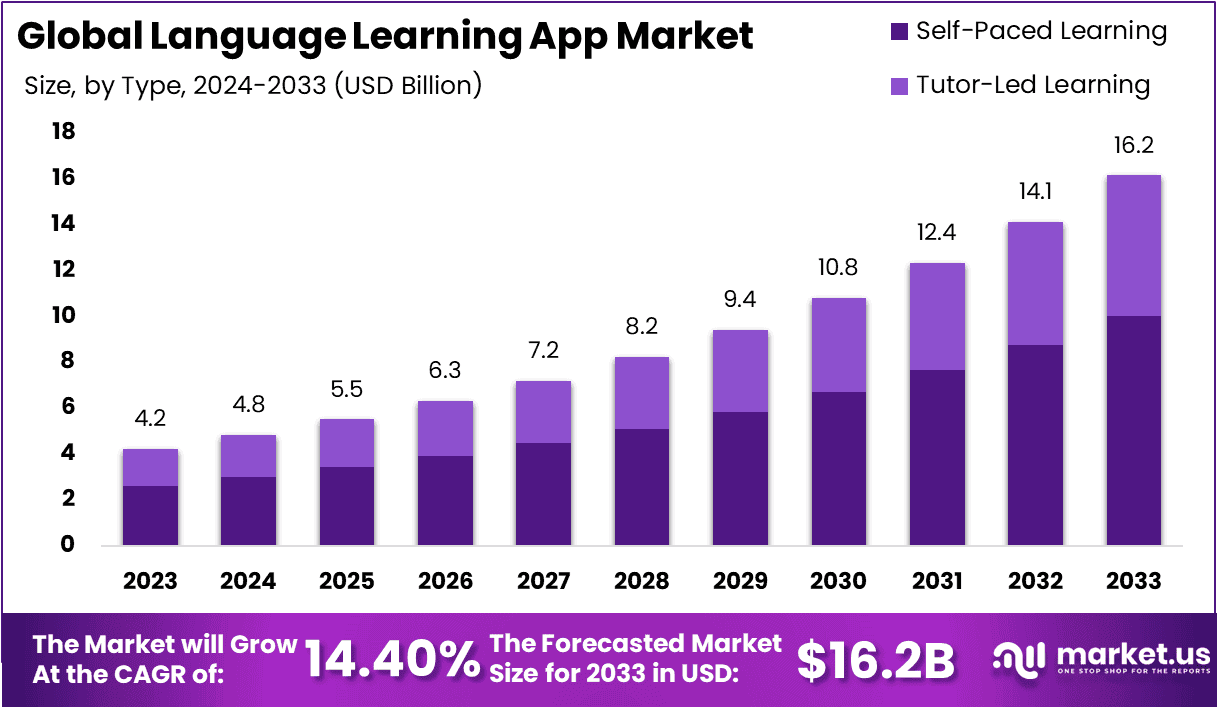
(Source: market.us)
- The Global Language Learning App Market was valued at USD 4.21 Billion in 2023 and is projected to reach USD 16.2 Billion by 2033 at a CAGR of 14.40% from 2024 to 2033, indicating steady expansion driven by growing digital learning adoption.
- North America held a dominant 38% share in 2023, generating USD 1.59 Billion in revenue due to strong uptake across institutions, enterprises, and individual learners.
- Total app downloads reached 231 million in 2023, reflecting a recovery phase even though levels remained lower compared to the peak observed in 2020.
- User activity remained strong among younger audiences, with 48% of individuals aged 18 to 24 reporting active use of language learning applications.
- Duolingo continued to lead global app usage in 2023 by capturing around 60% of total activity and maintained its momentum with 14.3 million downloads recorded in July 2024.
- Monthly installations peaked at over 26.5 million in August 2024, while January 2024 recorded more than 25 million downloads, showing consistent seasonal demand.
- The Self Paced Learning type accounted for 62% of the market in 2023, driven by rising demand for flexible learning formats suited to personalised study preferences.
- The Mobile platform, covering Android and iOS, held 80% of the share as smartphones became the preferred medium for convenient on the go language learning.
- The Freemium subscription approach attracted 67% of users, as learners increasingly preferred free access supported by optional upgrades for advanced features.
- Regional adoption remained highest in North America with 38% of the market, supported by expanding digital education ecosystems and sustained interest in multilingual skill development.
Language learning Apps by Downloads
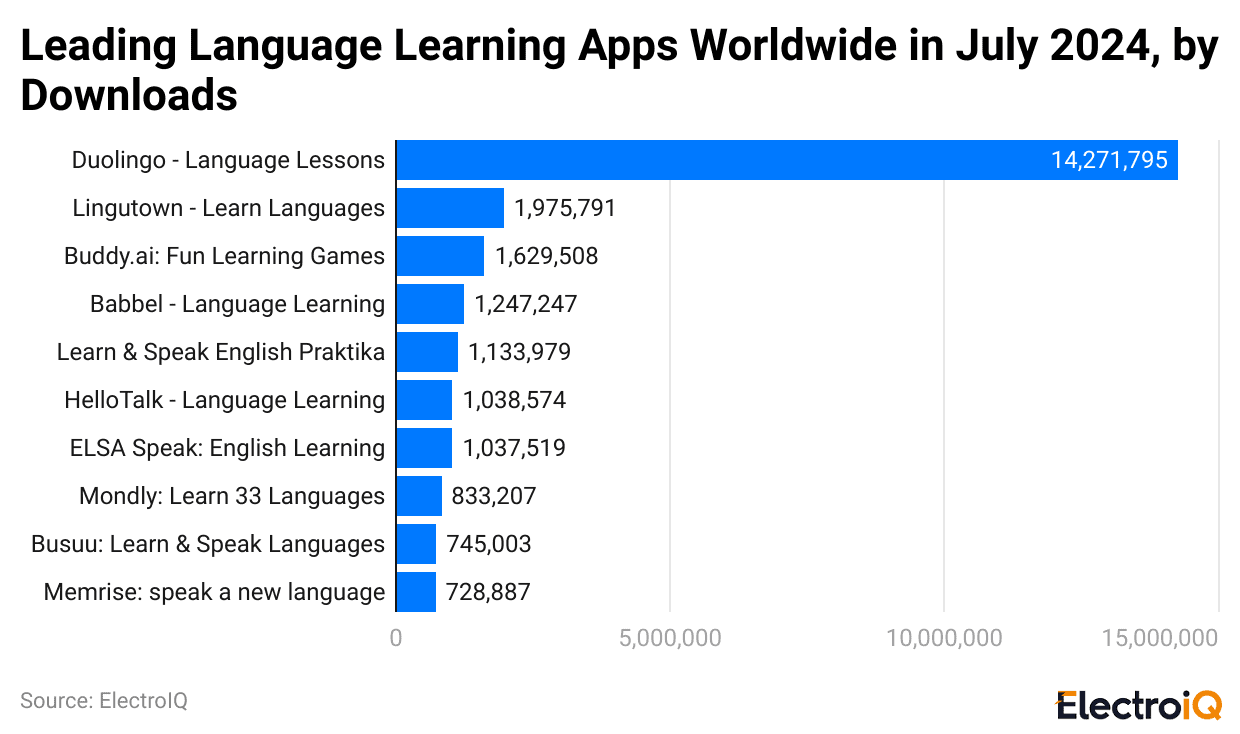
(Reference: statista.com)
- July 2024 marked a key moment in Duolingo’s ongoing success, as it became the number one language-learning app globally, with downloads reaching 14.3 million in just one month, further reinforcing its global presence and recognition as a brand.
- Lingutown was next with almost 2 million downloads, which shows alternative platforms still have an interested audience.
- Children’s applications were also successful, with Buddy.ai: Fun Learning Games leading with approximately 1.63 million downloads, thereby confirming that there is an increasing market for educational tools specifically aimed at kids.
- Above all, these apps’ popularity indicates a wider trend: the number of children and adults using gamified, interactive, and hence engaging and convenient mobile apps for acquiring and practising new languages has increased.
Language learning App by Age

(Source: ling-app.com)
- The trend of Younger adults being more likely to speak more than one language than older generations is strongest in the age group 25-34.
- This could be attributed to the fact that such skills are considered to be valuable and that language proficiency is harder to reach when one is a non-native speaker, but there is a very good chance that the candidate will have to compete with people from other places speaking the same language as the hiring manager in a globalised job market.
- However, the 45-plus population is still the most English-speaking-only group and shows the least interest in language learning; thus, it can be concluded that motivation and perceived necessity for language learning decline with age.
American Female VS American Male Language Speakers
- The percentage of American second language speakers has more than doubled overall since the 1990s, and it is still men who are more likely to speak another language and to show interest in learning one.
- A little more than 22% of female respondents admitted that they could not speak a second language but would like to learn one, while a little under 27% of men said the same thing, even though they were not speaking another language at present.
- This finding is surprising because women constitute a large majority (67.4%) of U.S. students who go abroad for educational purposes, activities usually coupled with higher language exposure and proficiency.
- Nevertheless, the data indicate that men, at least in this study, are more interested in language learning, thus revealing a gap between participation in international education programs and self-perceived language ability or motivation.
Language Learning App By Revenue
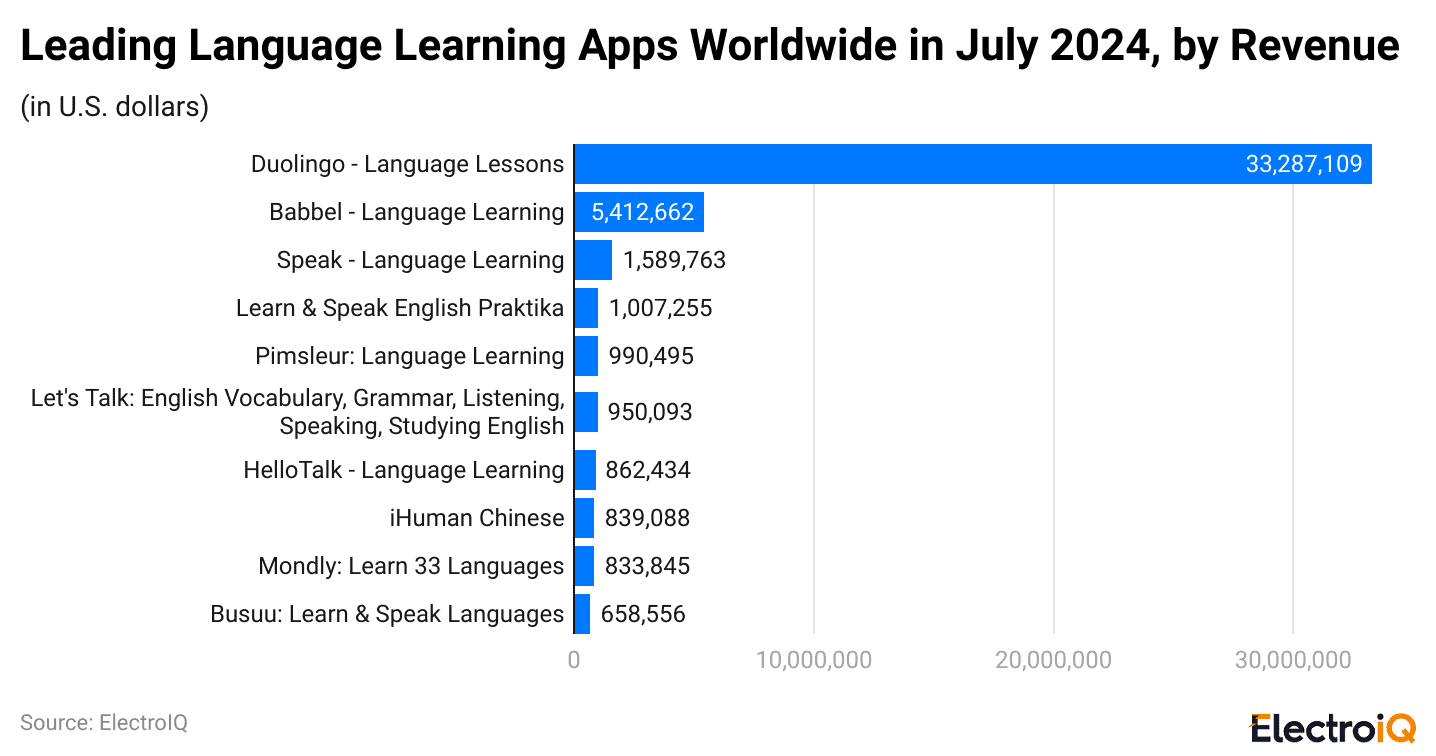
(Reference: statista.com)
- The data indicates that Duolingo was the leading player in the language-learning app market in July 2024, with in-app purchasing revenue of about 33 million U.S. dollars.
- Therefore, the lead over Babbel, which took second place with over 5.4 million U.S. dollars in revenue, was very significant.
- A major factor contributing to this discrepancy is the difference in their business models: Duolingo’s freemium strategy offers users a large amount of free content, with optional paid upgrades.
- Whereas Babbel’s model limits user access to only a very short time for free before they are required to pay for a subscription, which may not always be good for user growth, as it may turn away some casual learners but usually attracts very committed ones.
- Meanwhile, the children’s education app iHuman, which focuses on enhancing literacy and teaching Chinese character writing, earned a revenue of 840,000 U.S. dollars, of course, smaller than Duolingo’s and Babbel’s, but still very significant, and it is a sign that there is also a market for language and learning tools that are more specialized and child-focused.
Most Spoken Language Worldwide
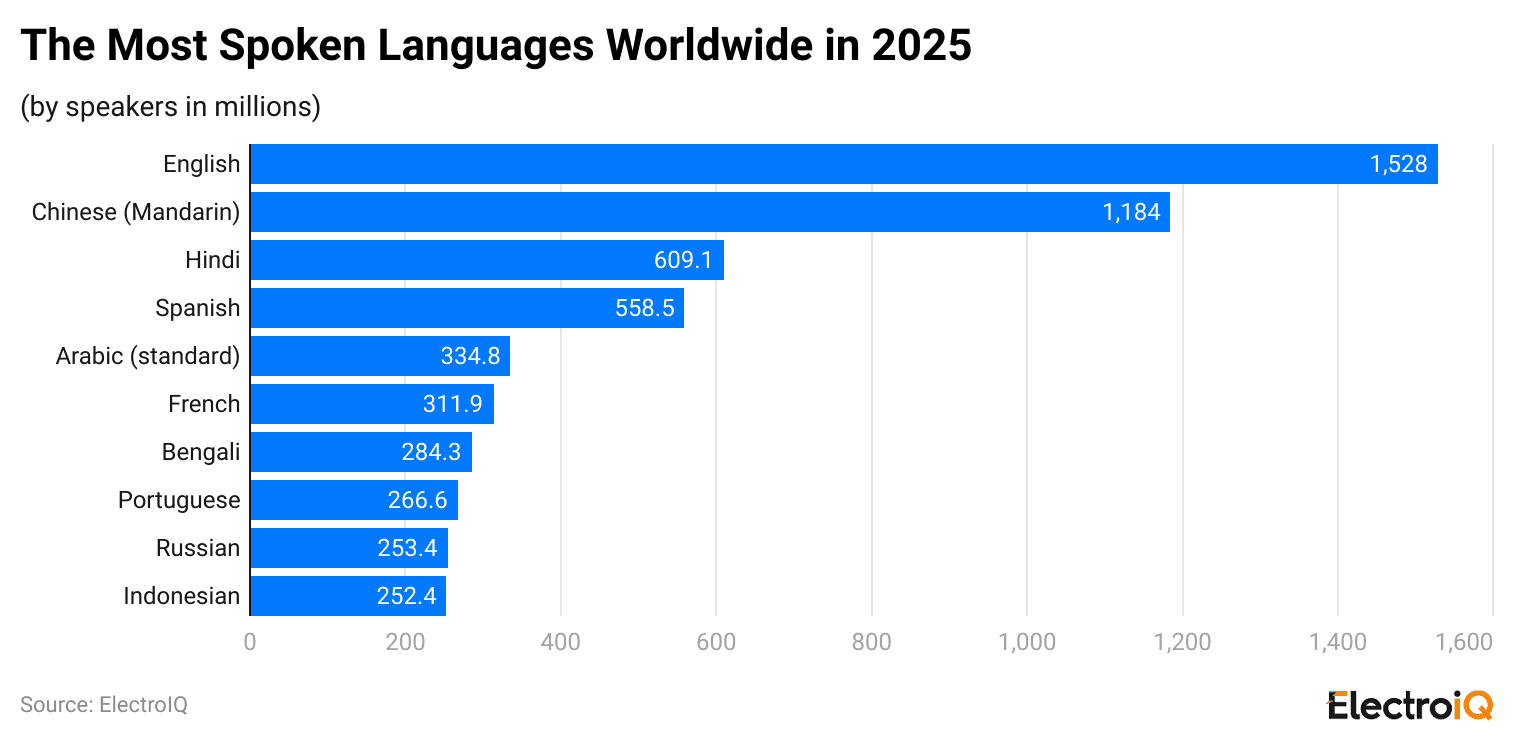
(Reference: statista.com)
- The information shows that, at least, English is the language with the largest number of speakers in the world, including both native and second-language speakers.
- In 2025, roughly 1.53 billion people used English, which was slightly more than the 1.18 billion Chinese speakers.
- Thus, the global presence of English in the different fields of business, education, technology, and communication is acknowledged.
- The next languages were Hindi and Spanish, ranked third and fourth, respectively, reflecting the substantial numbers of people in these countries and their growing worldwide influence.
- In the U.S., although there is no official national language, English—more precisely, American English—is the language for government, legal matters, and official communication.
- On the other hand, due to massive immigration from various parts of the world, a large number of languages are heard in the U.S. Spanish is the second-most-spoken language after English, with more than 43 million people using it at home in 2023.
- Other languages widely used include Chinese (both Mandarin and Cantonese), Tagalog, and Vietnamese, indicating the presence of large communities of people of Asian and Pacific Islander origin.
- The languages spoken at home vary from one state to another.
- California is the state that has the highest percentage of residents speaking a language other than English at home, which was approximately 45% of the population in 2023.
- This fact emphasizes the extent to which some areas of the U.S. have become, or have already been, multicultural and multilingual, and that this development has been mainly through immigration and existing cultural communities.
Asia Pacific Language Learning App Downloads
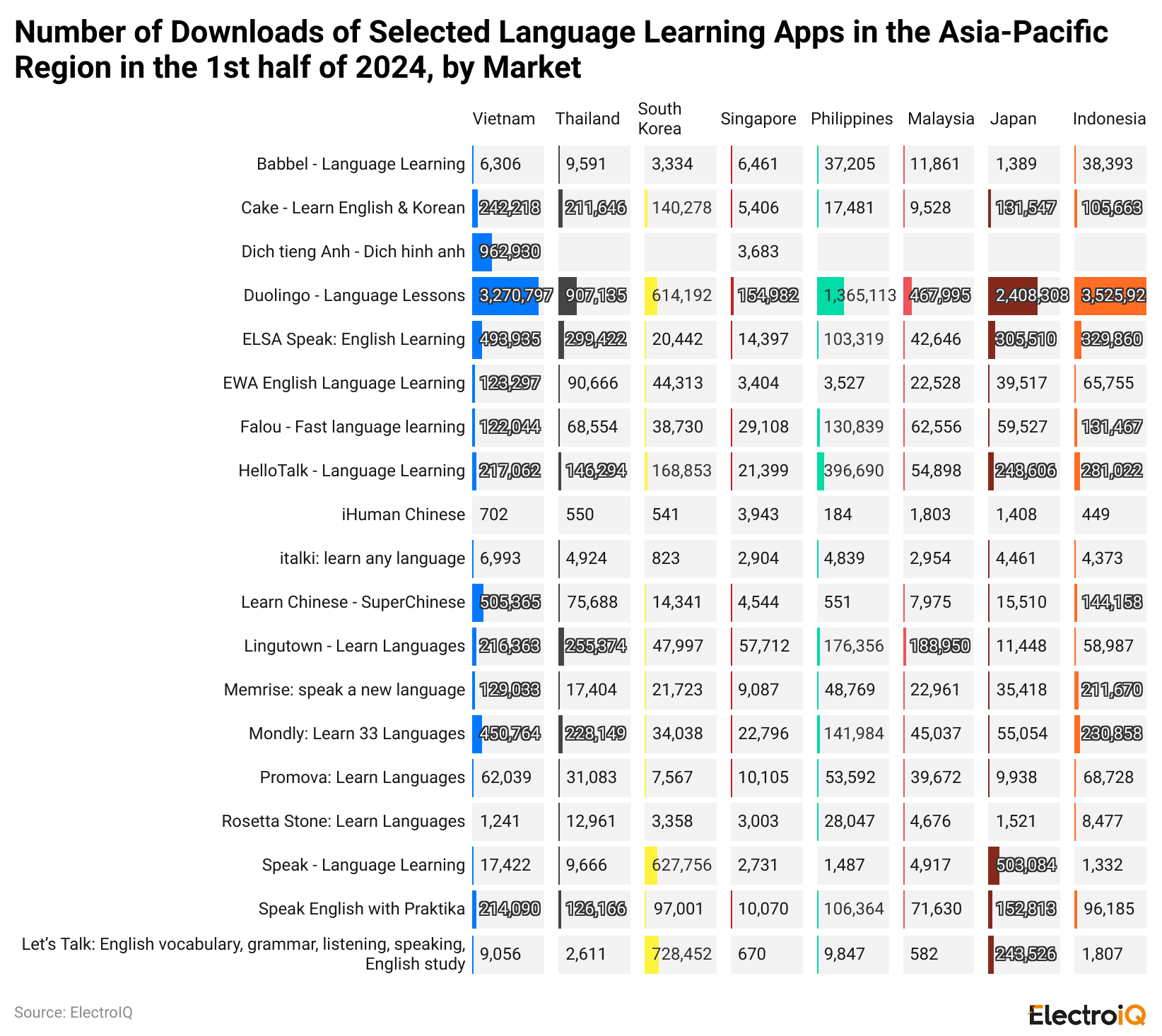
(Reference: statista.com)
- The figures present how well Duolingo was performing in different Asian markets in the first half of 2024.
- Indonesia had the highest number of Duolingo downloads among the listed countries, with the app installed by around 3.5 million users, indicating strong interest in language learning among a huge, digitally active population.
- Vietnam was a very close second with about 3.2 million Duolingo downloads, which indicates that the very same enthusiasm for learning new languages is present, especially among younger and mobile-first users.
- Japan’s 2.4 million downloads also made a major contribution, as it opened up a tech-savvy market in an advanced country with steady demand for language learning tools for adults.
- On the other hand, the app Cake, which started as a Korean product and has combined mobile video content with language learning, saw its downloads limited.
- In South Korea, where it is based, it got only over 104,000 downloads, and in Vietnam, about 240,000.
- The regional presence of apps like Cake is acknowledged; however, global players like Duolingo still have more reach and user adoption in these countries’ language-learning app markets.
Conclusion
Language Learning App Statistics: Language learning applications are increasingly seen as part of global education alongside conventional methods, driven by the growing demand for affordable, flexible, technology-powered solutions.
The dominant player in the language-learning app market, Duolingo, remains at the top in both downloads and revenue, while regional and child-centric apps are slowly but surely gaining their own footholds. It is mainly the very young generations that keep the highest interest and engagement in learning new languages, thus emphasising the need for such skills in future careers in a globalized economy.
The forecasts of strong growth, increasing revenues, and application of AI tools indicate that the language learning apps will continue to expand rapidly, and the influence they have in the teaching and communication between cultures all over the world will be more prominent
FAQ.
The global language learning app market is estimated to grow from USD 4.21 billion in 2023 to approximately USD 16.2 billion by 2033, exhibiting a robust compound annual growth rate (CAGR) of 14.40%. One of the main factors contributing to this growth is the increasing demand for digital, flexible, and AI-powered language learning solutions.
In 2024, Duolingo is the most widely used language learning app. During the month of July alone, it was downloaded approximately 14.3 million times across the globe, and its in-app purchase revenue was around USD 33 million, which made up more than 70% of the total market revenue of the leading apps.
North America is the largest market globally, and it holds more than 38% share of the total market, while it has generated approximately USD 1.59 billion in revenue in the year 2023. In the Asia-Pacific region, Duolingo is particularly successful in countries like Indonesia, Vietnam, and Japan.
Similar to the trend of being active in learning new languages, the age group of 18-44 is mainly represented by the 25-34 group, who are likely to count their bilingual or multilingual skills among their assets. Those aged 45 and up are the least likely to express an interest in the process of learning new languages.
The front-runner among applications is making use of artificial intelligence in order to provide better personalization, involvement, and learning effectiveness. A case in point is the case with Duolingo, where GPT-4 has been brought in for the development of courses, and Babbel is employing AI-led voice recognition for accurate feedback on pronunciation.

I hold an MBA in Finance and Marketing, bringing a unique blend of business acumen and creative communication skills. With experience as a content in crafting statistical and research-backed content across multiple domains, including education, technology, product reviews, and company website analytics, I specialize in producing engaging, informative, and SEO-optimized content tailored to diverse audiences. My work bridges technical accuracy with compelling storytelling, helping brands educate, inform, and connect with their target markets.

